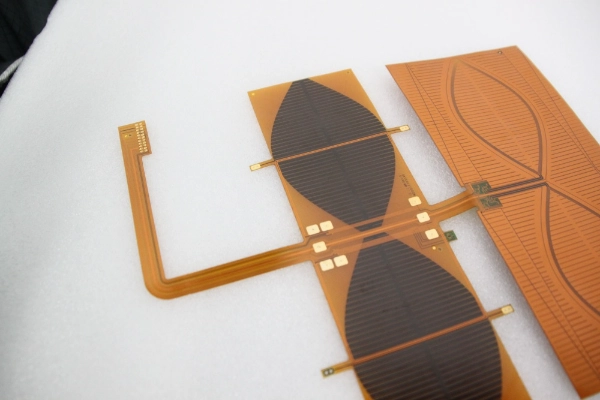When it comes to home design and comfort, the choice of flooring can significantly influence the overall ambiance and temperature of your living space. One material that has gained popularity for its aesthetic appeal and functional benefits is tile. But the question remains: does tile keep your house cooler? In this article, we will delve into the science behind tile flooring, its thermal properties, and how it can contribute to a cooler home environment.
Understanding Thermal Properties of Tile
Tile is a versatile flooring option made from materials such as ceramic, porcelain, and natural stone. Each of these materials possesses unique thermal properties that can affect how they interact with temperature.
- Thermal Conductivity: Tile has a high thermal conductivity, meaning it can absorb and retain heat. However, this property also allows it to cool down quickly when the ambient temperature drops. In warmer climates, this characteristic can help maintain a cooler indoor environment, especially when combined with air conditioning.
- Heat Absorption: Unlike carpet or wood, tile does not trap heat. Instead, it reflects sunlight, which can help keep your home cooler during hot summer months. This reflective quality is particularly beneficial in regions with high temperatures, as it reduces the need for excessive air conditioning.
- Surface Temperature: The surface temperature of tile can be significantly lower than that of other flooring materials. When you walk on tile, especially in the morning or evening when temperatures are cooler, you may notice a refreshing sensation that contributes to a more comfortable living space.
The Role of Insulation
While tile flooring can help keep your home cooler, it is essential to consider the insulation of your home as a whole. Proper insulation in walls, ceilings, and floors plays a crucial role in maintaining a stable indoor temperature.
- Insulated Subflooring: Installing tile over an insulated subfloor can enhance its cooling properties. This setup minimizes heat transfer from the ground, allowing the tile to remain cooler for longer periods.
- Ventilation: Good ventilation is key to maintaining a comfortable indoor climate. Tile floors can help facilitate air circulation, which can further enhance the cooling effect. Pairing tile flooring with ceiling fans or strategically placed vents can optimize airflow and temperature control.
Aesthetic Appeal and Practical Benefits
Beyond its thermal properties, tile flooring offers numerous aesthetic and practical benefits that can enhance your home’s overall comfort.
- Variety of Designs: Tile comes in a wide range of colors, patterns, and textures, allowing homeowners to create a visually appealing environment. Whether you prefer a sleek modern look or a rustic charm, tile can complement any design style.
- Easy Maintenance: Tile is resistant to stains, moisture, and allergens, making it an excellent choice for families and individuals with allergies. Its durability ensures that it can withstand heavy foot traffic without losing its aesthetic appeal.
- Sustainability: Many tile options are made from natural materials, making them an eco-friendly choice. Additionally, their longevity means that they do not need to be replaced frequently, reducing waste over time.
Conclusion: A Cooler Home with Tile
In conclusion, tile flooring can indeed contribute to a cooler home environment. Its thermal properties, combined with proper insulation and ventilation, create an ideal setting for maintaining comfortable indoor temperatures. Furthermore, the aesthetic and practical benefits of tile make it a compelling choice for homeowners looking to enhance their living spaces.

